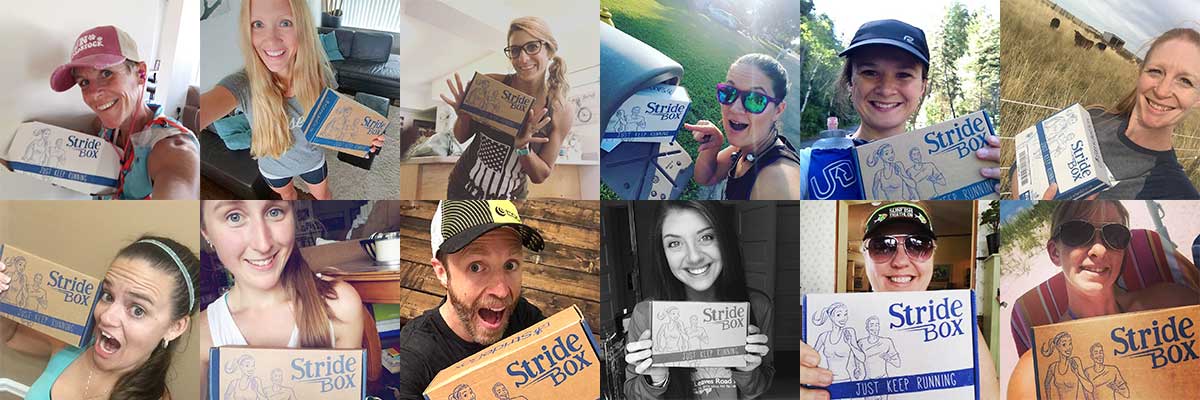Here are ten tips for beginners to help you prepare for your first 5k:
- Start slow and set achievable goals for yourself. Don’t try to do too much too soon, or you may risk injury.
- Build up your endurance gradually. Try to increase your running distance and time gradually over several weeks or months.
- Invest in a good pair of running shoes that fit your feet properly. This will help to prevent injuries and keep you comfortable while running.
- Plan your training schedule and stick to it. Set aside time each week to train, and make sure to include a mix of running and other types of exercise, such as strength training and stretching.
- Stay hydrated. Drink plenty of water before, during, and after your runs to keep your body properly hydrated.
- Listen to your body. If you feel pain or discomfort, slow down or stop and rest. It’s better to take a break and recover than to push yourself too hard and risk injury.
- Find a running buddy or join a running group. Having someone to run with can help to keep you motivated and accountable.
- Don’t be afraid to walk. If you need to take a break and walk for a bit, that’s okay. Just remember to start running again when you’re ready.
- Celebrate your accomplishments. Every time you run a little farther or a little faster, give yourself a pat on the back.
- Remember that everyone has to start somewhere. Even experienced runners were beginners once, so don’t be discouraged if you don’t see progress right away. Keep pushing yourself and you will improve over time.
